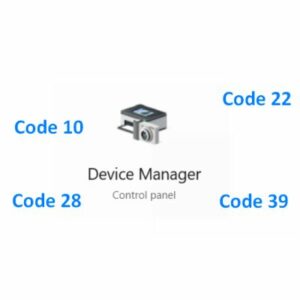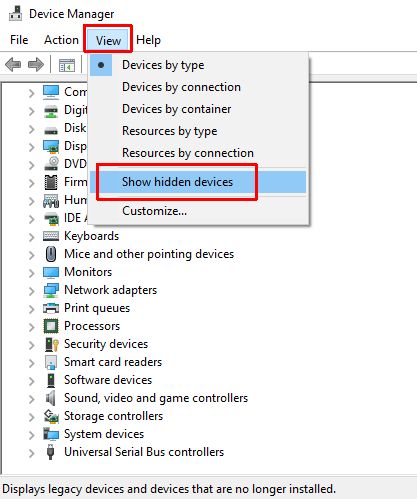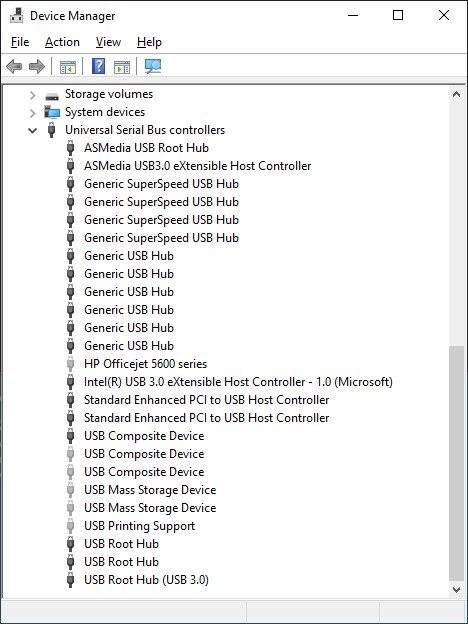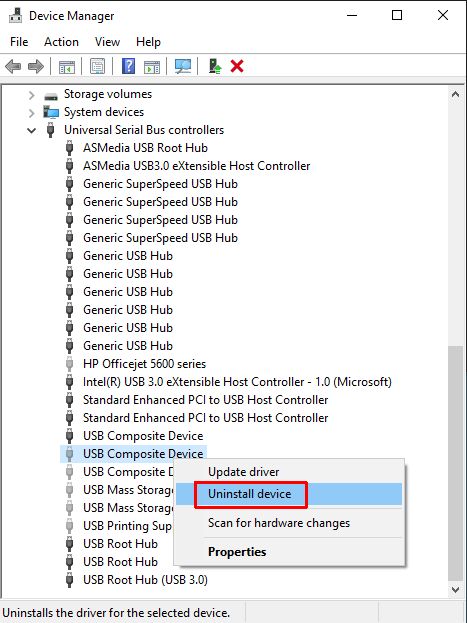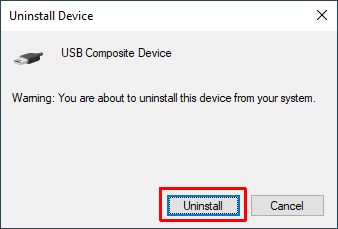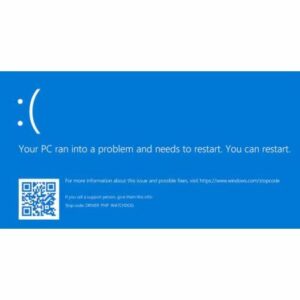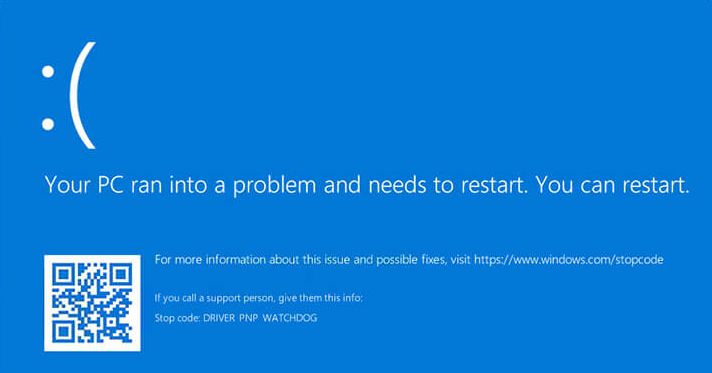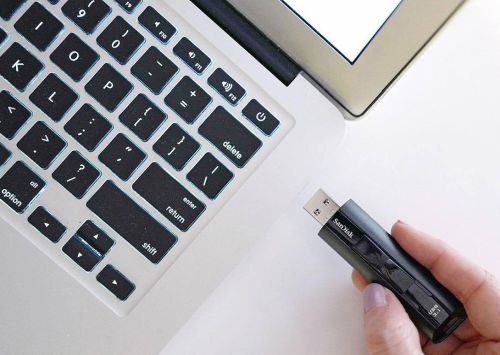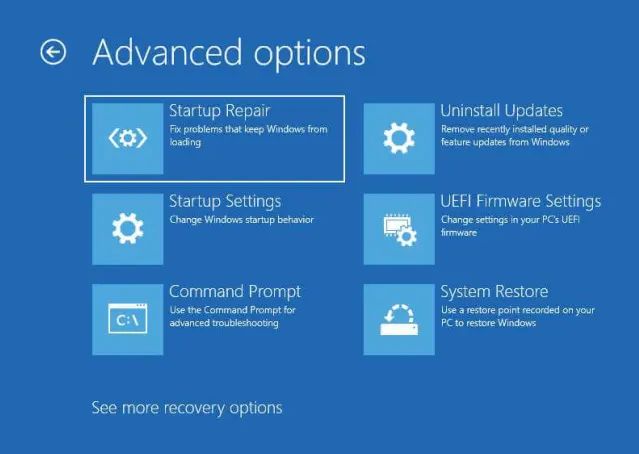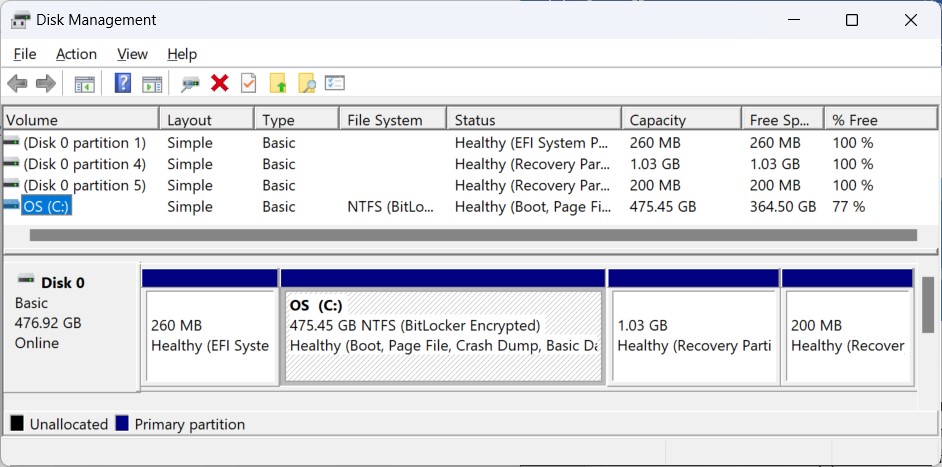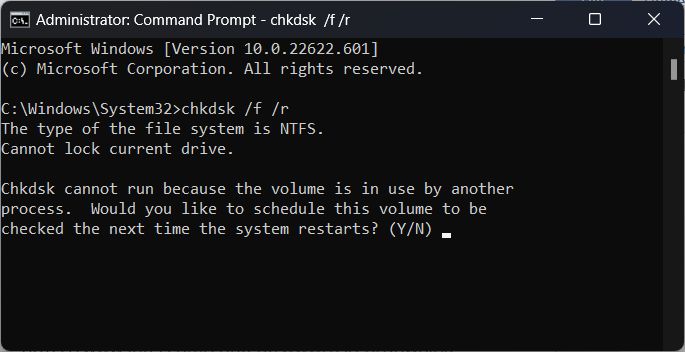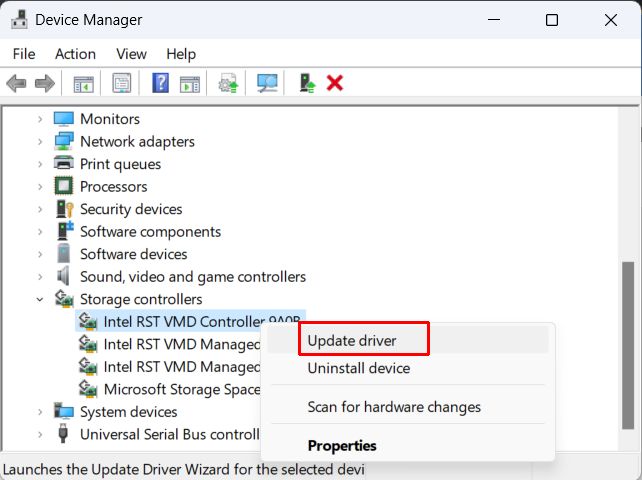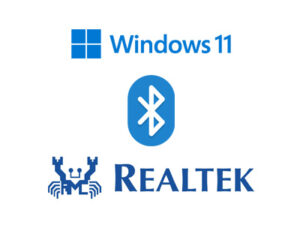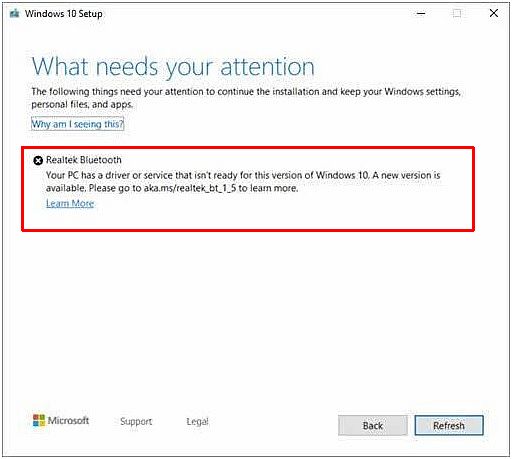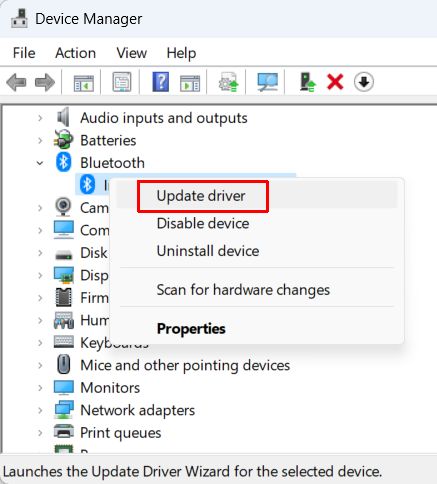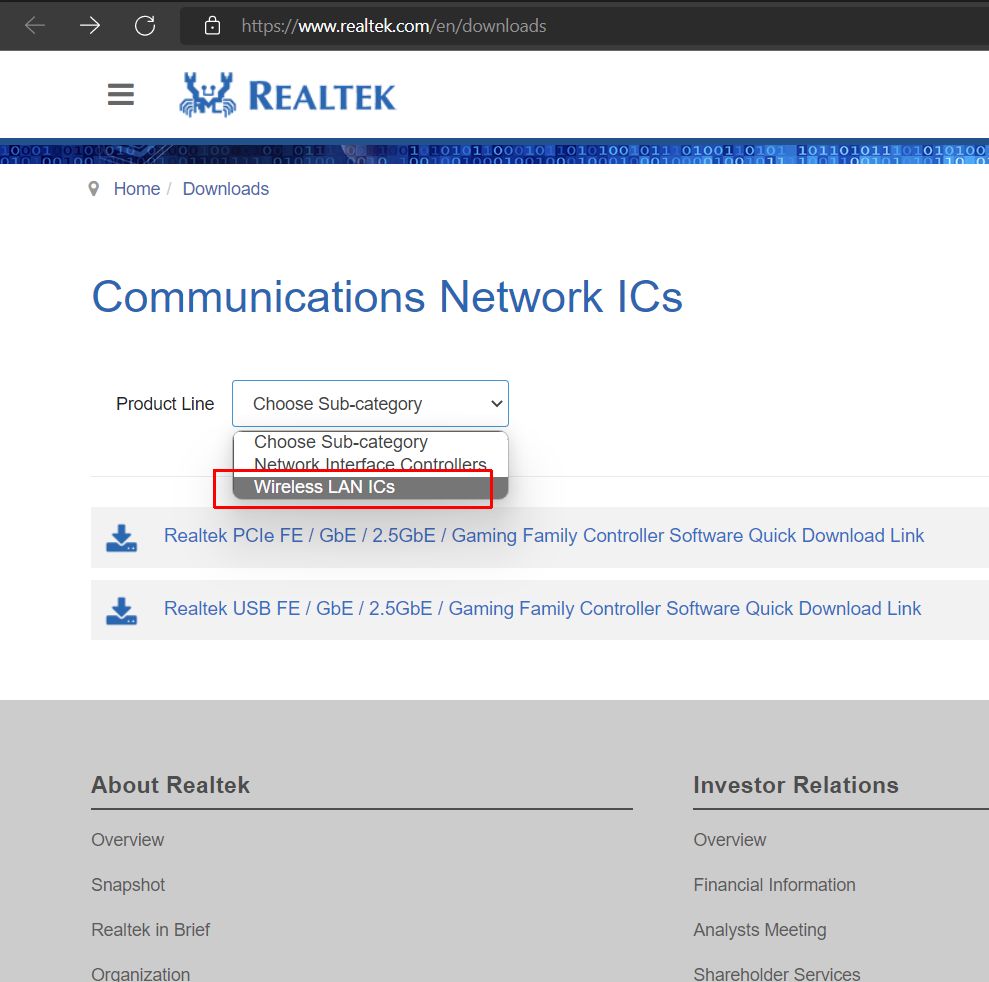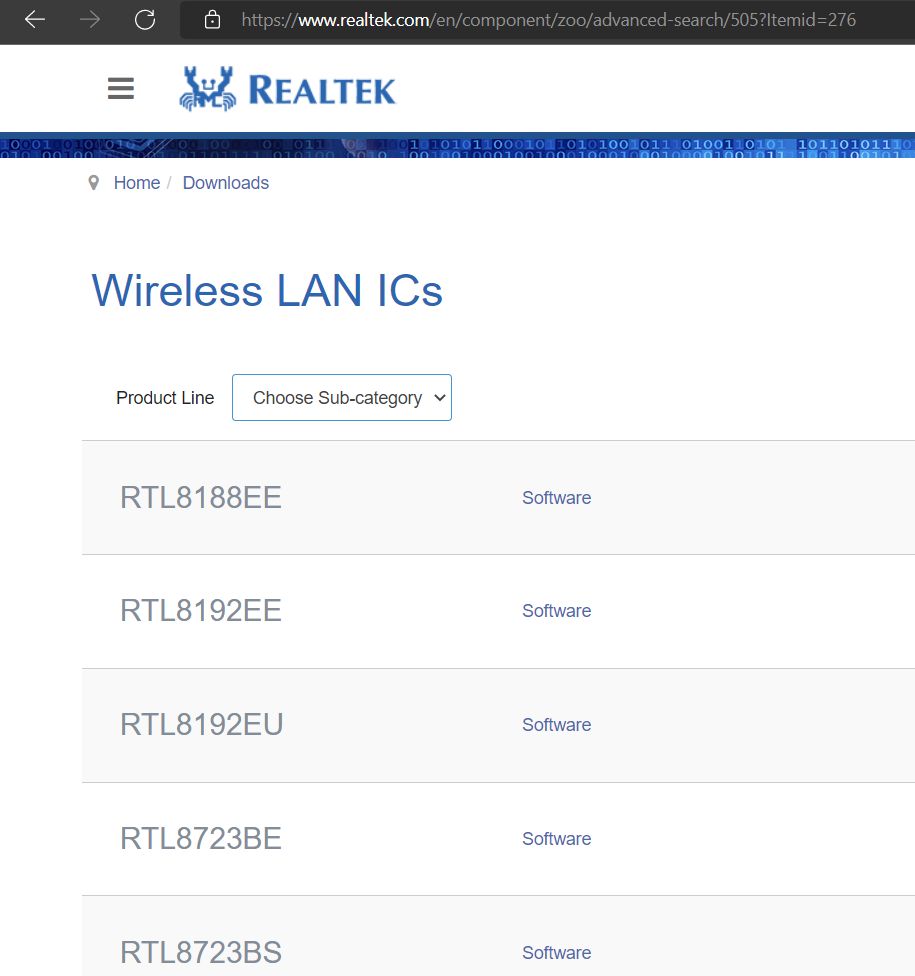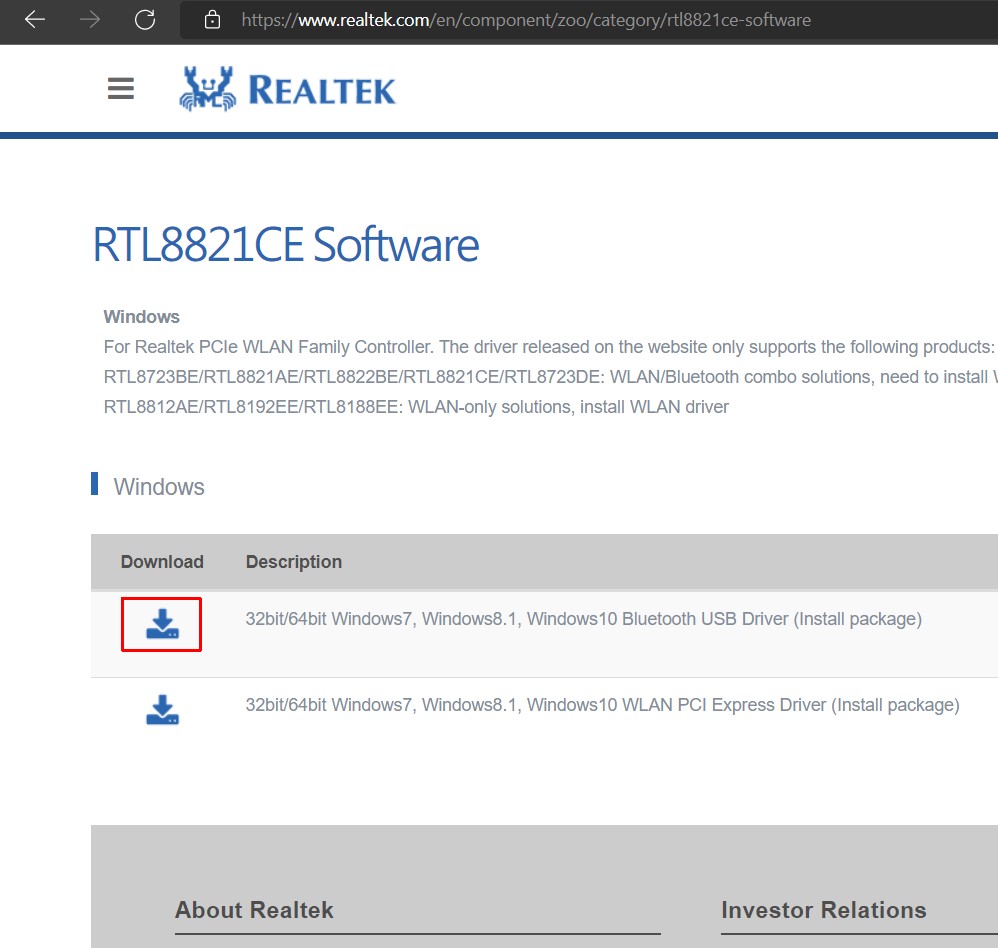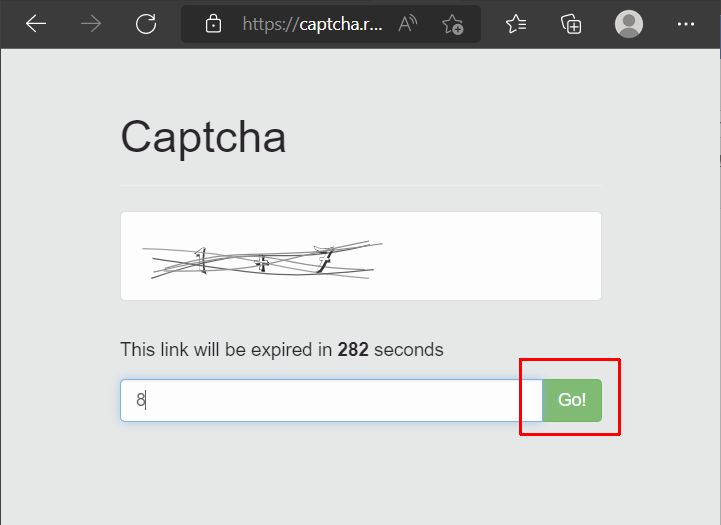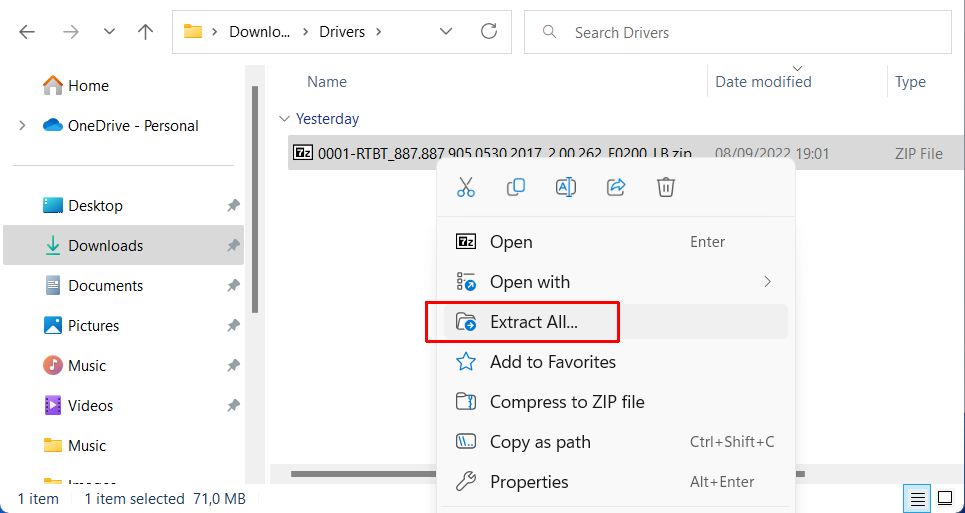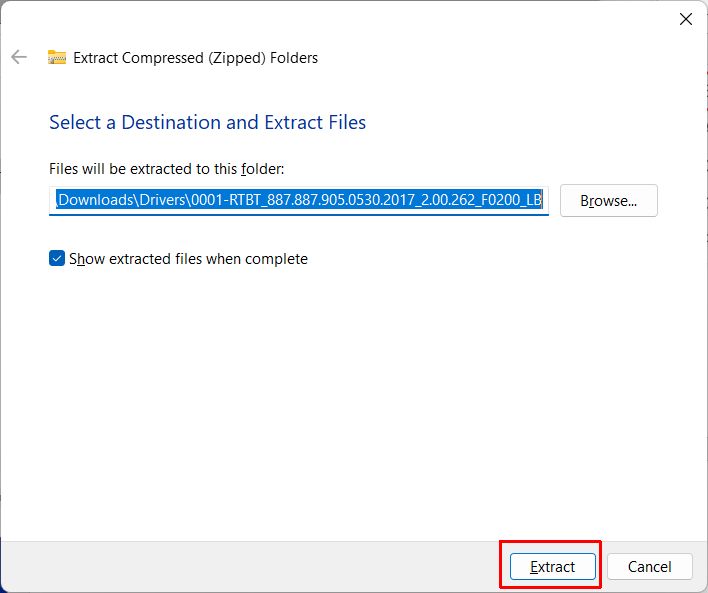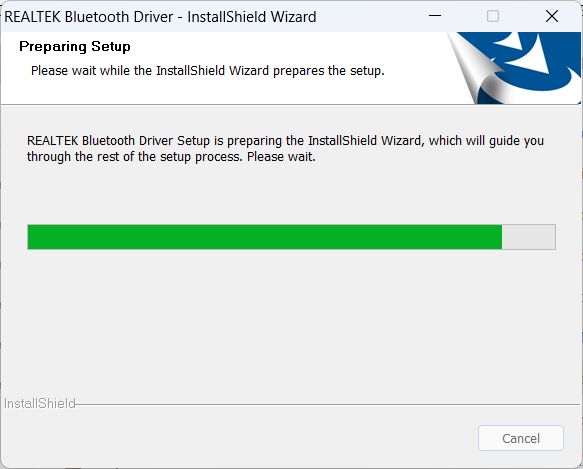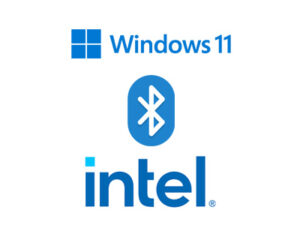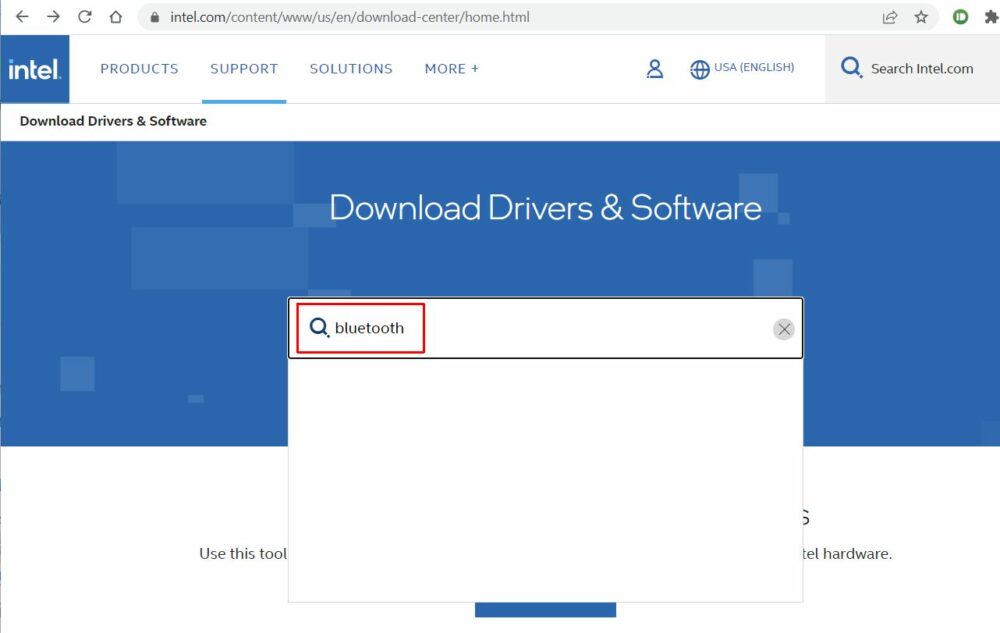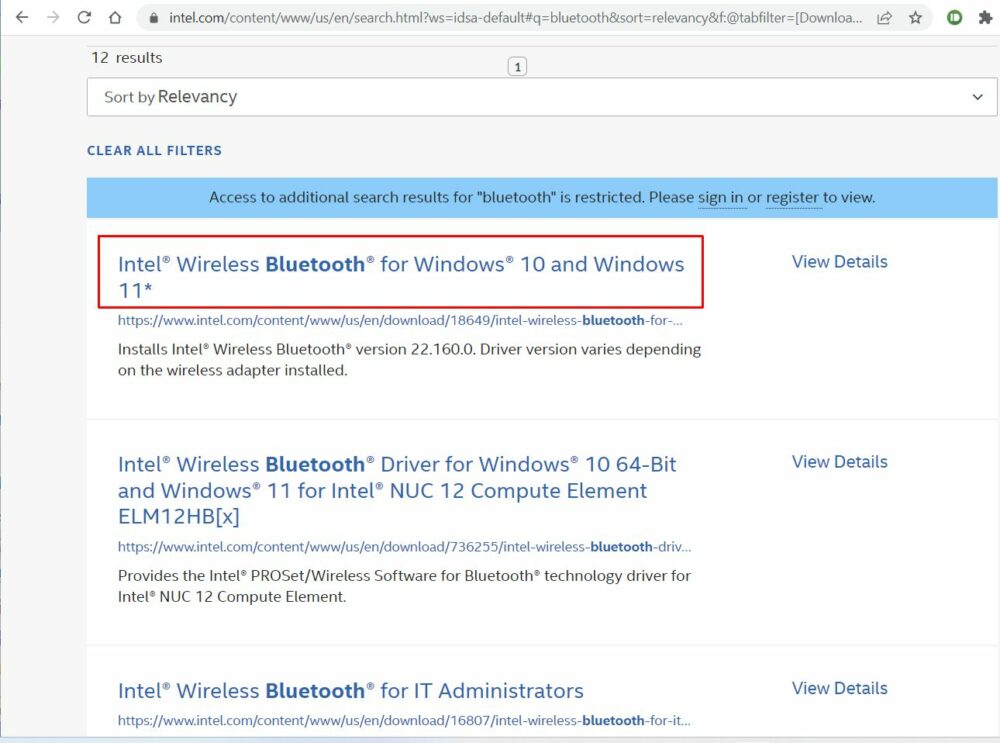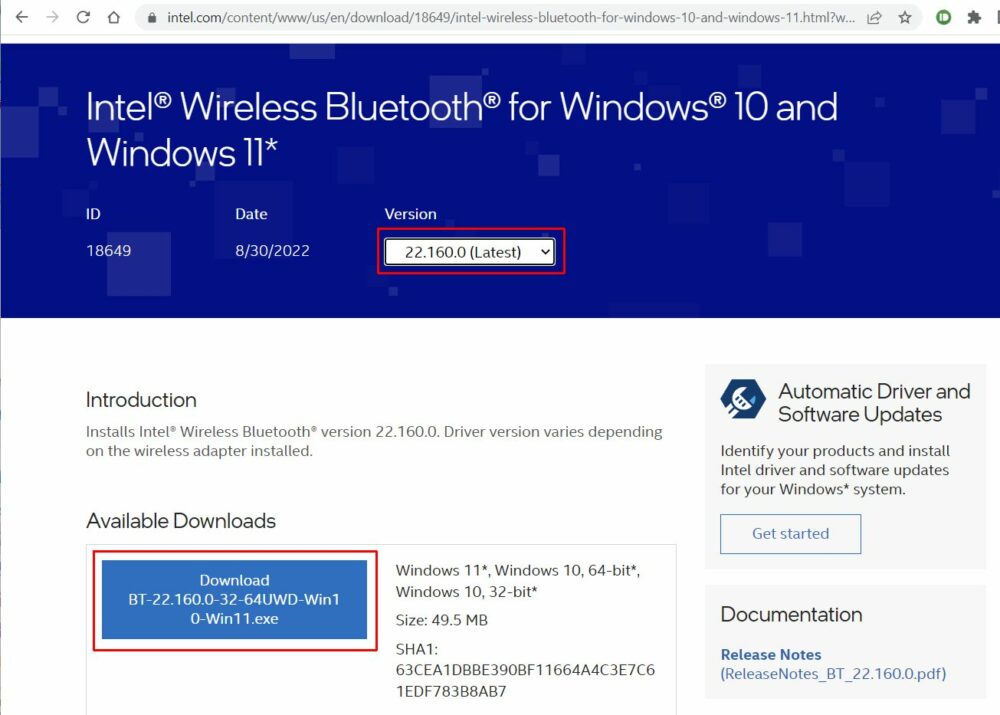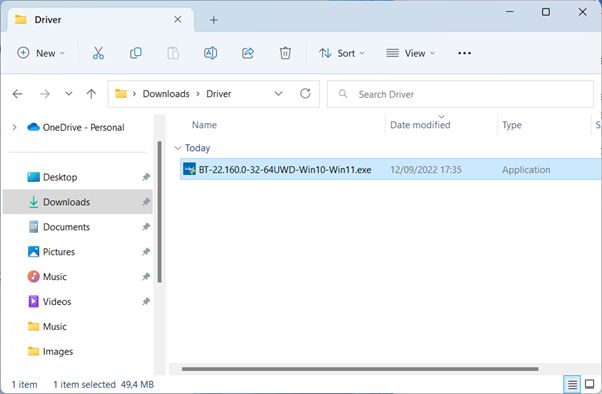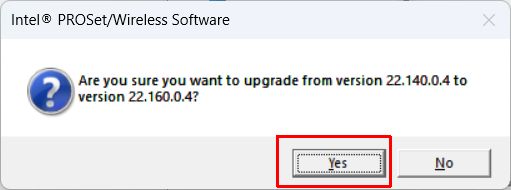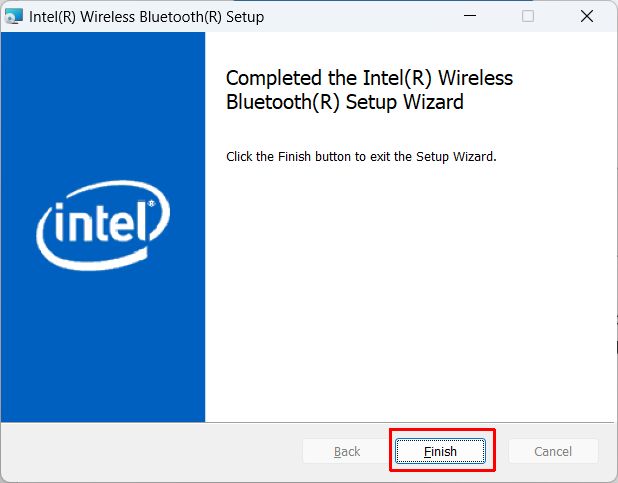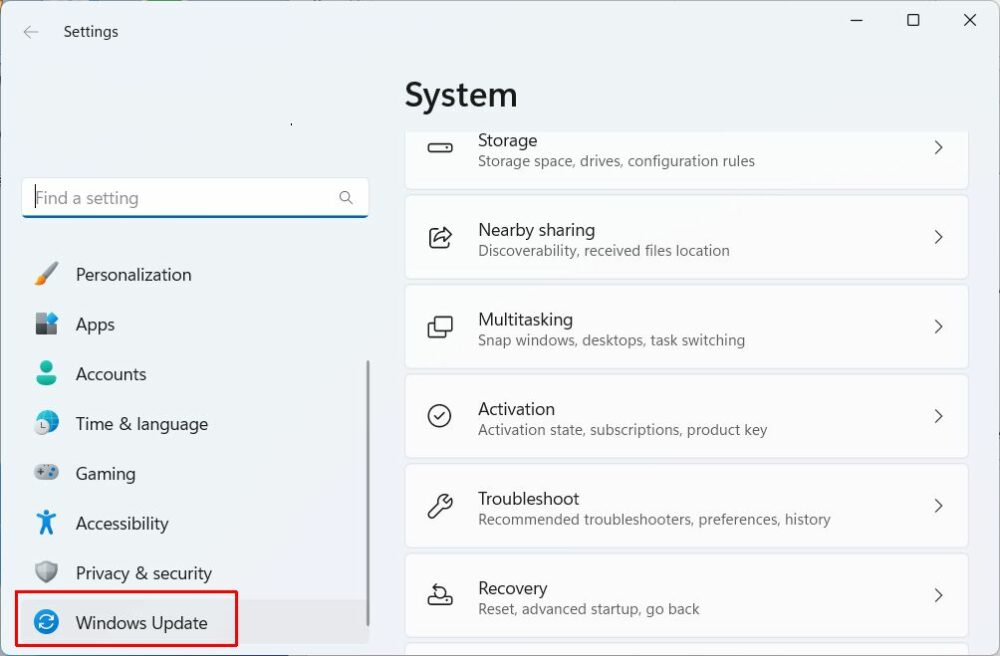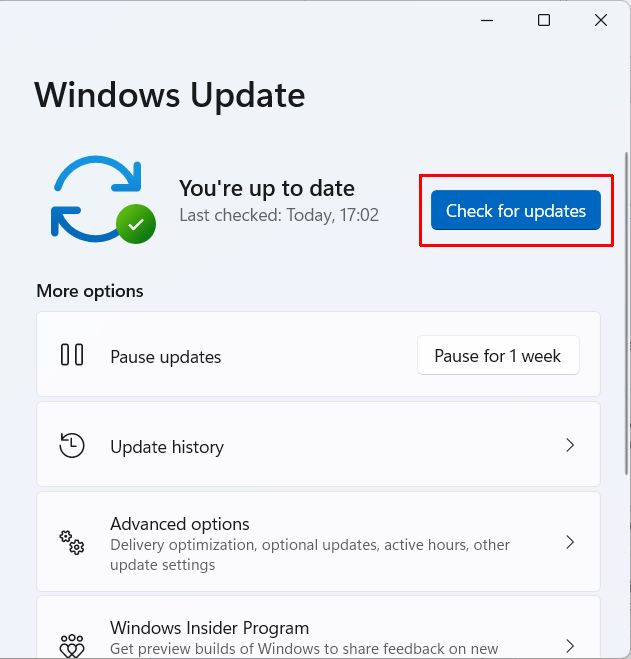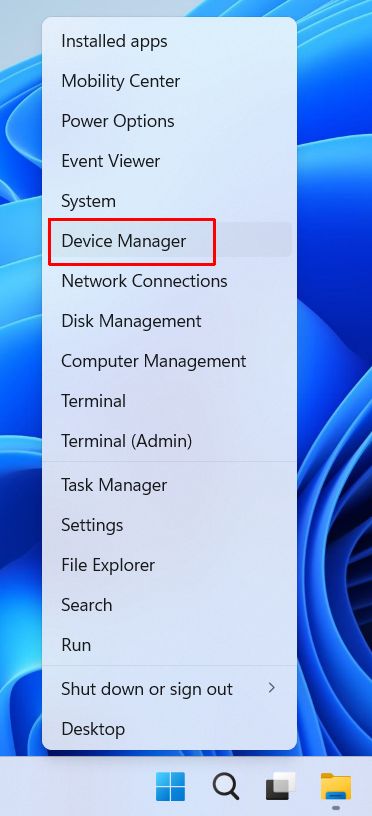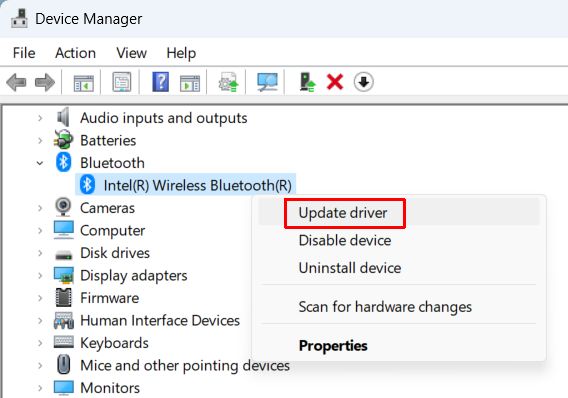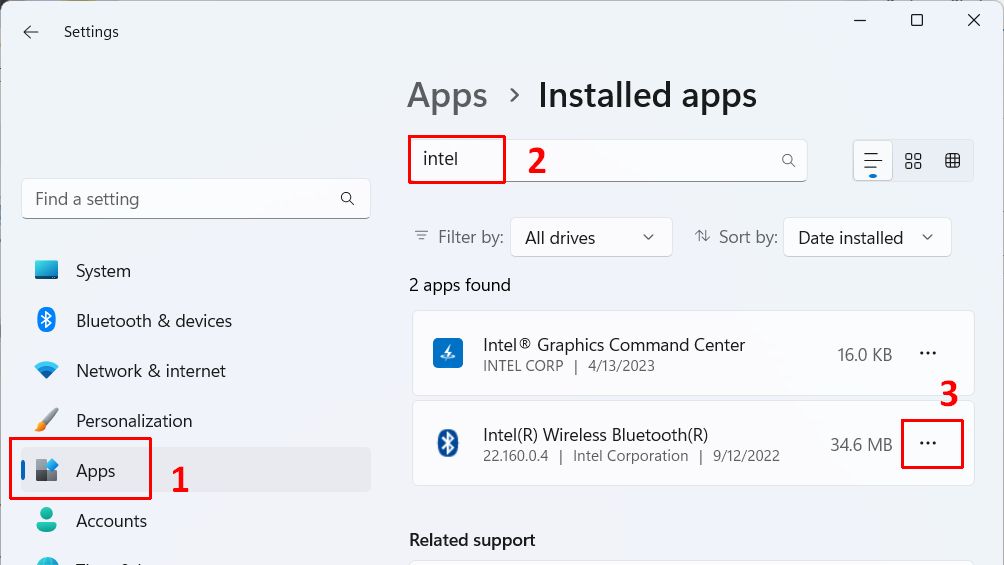The Device Manager is a program to control all devices in a Windows system. It has been part of Microsoft Windows since Windows XP and is still present in Windows 11. Under normal circumstances, the Device Manager is not used, but if you have a problem with a device, the Device Manager can be used to solve it. The Device Manager error codes show the problems with hardware devices or drivers.
What are Device Manager Error Codes?
The error codes for devices in the Device Manager show the type of problem the device is experiencing. Although a lot of device issues are driver-related, devices can also show errors that are the result of hardware conflicts or resource problems. The error code shows the type of error, accompanied by an error message. If more details are available, the message can include an additional error message.
How Can I View a Device Error Code?
To view the error code for a device that has a problem, you can use the Device Manager program which is part of Windows. Here are the steps.
- Open the Device Manager. Press the Windows + R keys simultaneously. In the Run dialog box, type “devmgmt.msc” and click Run or press Enter.
- The Device Manager window will show. Locate the device with the error and right-click it.
Tip: click the arrows to the left of the device category to show all devices in that category. - In the popup menu, select Properties.
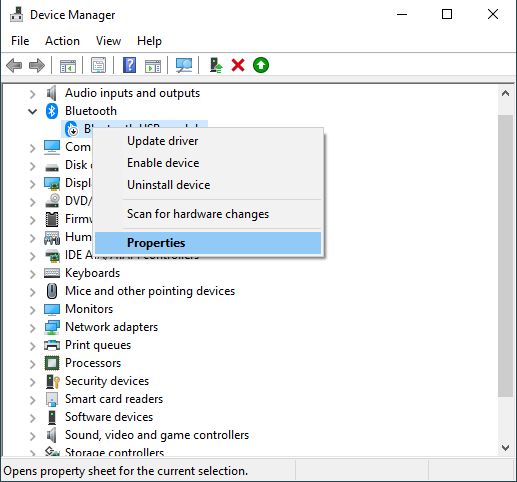
- Make sure the General tab is active (this should be the default).
- You can see the device error code in the Device status section of the dialog box.
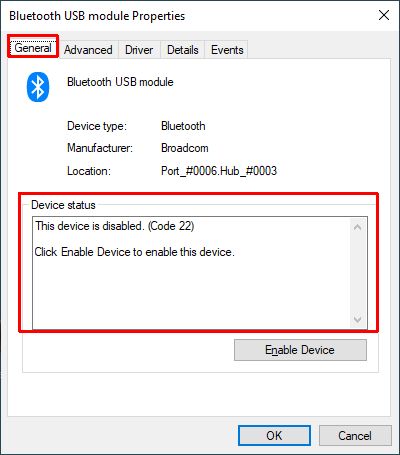
Tip: You can select and copy the text in the Device status section to use it for searching or communicating with support. Simply click and drag over the text with the mouse cursor and press Ctrl + C to copy it to the clipboard. - Close the device Properties dialog box when done. And then close the Device Manager window.
Note: In case you do not see the device in the tree list in the Device Manager, use the Show -> View hidden devices option to show all installed devices. After that, all devices that are not connected (or better: not seen as connected by Windows), will be included and shown in a lighter tone thant the other devices.
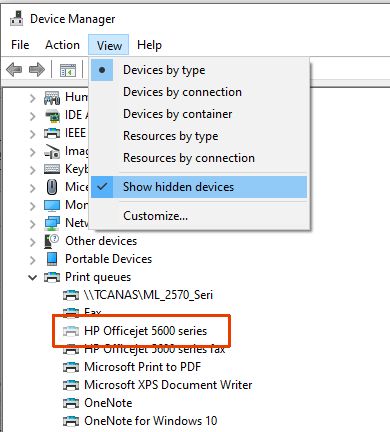
List of Device Manager Error Codes
To solve a problem with a device, you will need to know what the error code means. Below is a list of all possible error codes for Windows devices with their meaning and possible solutions.
Code 1 – This device is not configured correctly. (Code 1)
This is a driver-related problem. The steps in the how to fix section should help solve the code 1 error.
Code 3 – The driver for this device might be corrupted, or your system may be running low on memory or other resources. (Code 3)
This is either problem with limited available resources (memory) or a driver-related problem. The steps in the how to fix it section should help fix code 3 errors.
Code 9 – Windows cannot identify this hardware because it does not have a valid hardware identification number. For assistance, contact the hardware manufacturer. (Code 9)
If a device cannot be identified by the hardware ID, Windows cannot find a driver for it. As a result, the device cannot work. Either the hardware is faulty, or a firmware update is required.
Code 10 – This device cannot start. Try upgrading the device drivers for this device. (Code 10)
This is a driver-related problem. The steps in the how to fix section should help solve the code 10 error. If the fix does not work, the device might be defective.
Code 12– This device cannot find enough free resources that it can use. If you want to use this device, you will need to disable one of the other devices on this system. (Code 12)
This is a problem related to the resources assigned to a device. Conflicting or inadequate I/O addresses, interrupts, or memory space are common causes of code 12 errors. This error does not happen much on modern PCs but can be found with older Windows systems using older hardware.
Code 14 – This device cannot work properly until you restart your computer. To restart your computer now, click Restart Computer. (Code 14)
As the error indicates, restart your Windows PC to solve code 14 errors.
Code 16 – Windows cannot identify all the resources this device uses. To specify additional resources for this device, click the Resources tab and fill in the missing settings. Check your hardware documentation to find out what settings to use. (Code 16)
This error indicates that the device needs more configuration. In normal circumstances, devices are plug-and-play, and resources are assigned/allocated automatically. The Device Manager can be used to assign resources manually to the device. Again, this would only occur with older systems with older Windows versions.
Code 18 – Reinstall the drivers for this device. (Code 18)
This is a driver-related problem. The steps in the how to fix section should help solve the code 18 error.
Code 19 – Windows cannot start this hardware device because its configuration information (in the registry) is incomplete or damaged. (Code 19)
This is a driver-related problem. The device driver configuration information is not complete or has duplicate entries. Uninstalling the device and reinstalling the drivers should fix code 19 errors. If not, a system restore point can be used to restore a working configuration.
Code 21 – Windows is removing this device. (Code 21)
This error is a temporary one. Once the device is removed by Windows the error will automatically disappear. Rebooting the system will ensure the error clears as well.
Code 22 – This device is disabled. (Code 22)
Use the Device Manager to re-enable the device.
Code 24 – This device is not present, is not working properly, or does not have all its drivers installed. (Code 24)
This is a device or driver-related problem. If the device is not needed, remove the device. Otherwise, make sure you install the drivers to allow the device to properly function.
Code 28 – The drivers for this device are not installed. (Code 28)
This is a driver-related problem. The steps in the how to fix section should help solve the code 28 error.
Code 29 – This device is disabled because the firmware of the device did not give it the required resources. (Code 29)
Windows detects a device, but it does not respond as it should. It can be defective, but it could also simply be disabled in the BIOS of the motherboard (e.g. for audio, network, or video devices). Enable the device in the hardware configuration of the BIOS, and follow the steps in the how to fix section.
Code 31 – This device is not working properly because Windows cannot load the drivers required for this device. (Code 31)
This is a driver-related problem. An incorrect or outdated driver can cause this error. The steps in the how to fix section should help solve the code 31 error.
Code 32 – A driver (service) for this device has been disabled. An alternate driver may be providing this functionality. (Code 32)
This is a driver-related problem. Each driver is configured in the Windows Registry as a service (under the key: Computer\HKEY_LOCAL_MACHINE\SYSTEM\CurrentControlSet\Services\). That service has a start type. If the start type is set to disabled, the code 32 error will show. Possible values are: Boot (0), System (1), Automatic (2), On demand (3), and Disabled (4).
The steps in the how to fix section will solve the code 32 error (use the device uninstall option).
Code 33 – Windows cannot determine which resources are required for this device. (Code 33)
This is a device configuration error, or the device is faulty. Communication with a device requires things like interrupts, I/O ports, direct memory access, and more. If these values cannot be identified for the device, it will not function and result in the code 33 error. Check the hardware and its configuration in the BIOS. Possibly reset the BIOS or update the firmware for the device and or motherboard.
Code 34 – Windows cannot determine the settings for this device. Consult the documentation that came with this device and use the Resource tab to set the configuration. (Code 34)
This error is similar to the code 16 error. Additional device configuration settings are required that need to be manually configured in the Resource tab for the device in the Device Manager.
Code 35 – Your computer’s system firmware does not include enough information to properly configure and use this device. To use this device, contact your computer manufacturer to obtain a firmware or BIOS update. (Code 35)
This is a hardware configuration problem. Try loading default BIOS settings, or upgrading the BIOS of the motherboard. Code 35 error is normally only found on older systems.
Code 36 – This device is requesting a PCI interrupt but is configured for an ISA interrupt (or vice versa). Please use the computer’s system setup program to reconfigure the interrupt for this device. (Code 36)
This error is a hardware misconfiguration error. Interrupt assignments can be checked and changed in the BIOS. If the settings cannot be changed, a BIOS upgrade may help solve the problem. Code 36 errors will typically only occur on older systems since modern motherboards do not have ISA slots anymore.
Code 37 – Windows cannot initialize the device driver for this hardware. (Code 37)
This is a driver-related problem. The steps in the how to fix section should help solve the code 37 error.
Code 38 – Windows cannot load the device driver for this hardware because a previous instance of the device driver is still in memory. (Code 38)
Reboot your system to solve the code 38 error. This will clear any previously running instances of the device driver.
Code 39 – Windows cannot load the device driver for this hardware. The driver may be corrupted or missing. (Code 39)
This is a driver-related problem. The steps in the how to fix section should help solve the code 39 error.
Code 40 – Windows cannot access this hardware because its service key information in the registry is missing or recorded incorrectly. (Code 40)
As has been mentioned in the code 32 error description, each device has a service associated which is configured in the Windows Registry. The code 40 error can be solved by reinstalling the driver. See the how to fix section.
Code 41 – Windows successfully loaded the device driver for this hardware but cannot find the hardware device. (Code 41)
If a driver is not automatically installed for a device, it needs to be manually installed. This can happen for non-plug-and-play devices. Once the driver is installed and no device is present, the code 41 error is the result. Make sure the device is connected and turned on (if applicable). Then reboot. If that does not work, reinstall the driver.
Code 42 – Windows cannot load the device driver for this hardware because there is a duplicate device already running in the system. (Code 42)
This is a driver-related problem. It can be a bus error or a duplicate device error. Both are normally resolved by restarting the computer. In some cases, an actual power down is required before restarting the computer.
Code 43 – Windows has stopped this device because it has reported problems. (Code 43)
In the case of USB devices, the status will often say “A request for the USB device descriptor failed.”.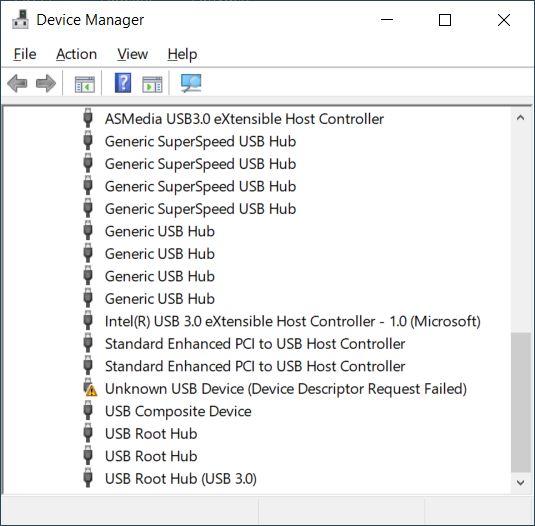
First, try the steps in the how to fix section. If the error persists after those steps, it is most likely a hardware problem. Check the device manual or contact the hardware manufacturer.
Code 44 – An application or service has shut down this hardware device. (Code 44)
This is a temporary error status. Once the system is rebooted, the device should be working as before. If a reboot does not help, power down the PC before restarting. If the problem persists, you need to identify the service or application responsible for shutting down the device. The Windows Event Viewer can be helpful for this.
Code 45 – Currently, this hardware device is not connected to the computer. To fix this problem, reconnect this hardware device to the computer. (Code 45)
The error message indicates the problem, a device is installed but not present in the PC. Reconnect the device to solve the code 45 error. The error is normally associated with Bluetooth devices or USB devices, but the error can occur for all types of devices. For devices that cannot manually be connected to the system, follow the steps in the how to fix section.
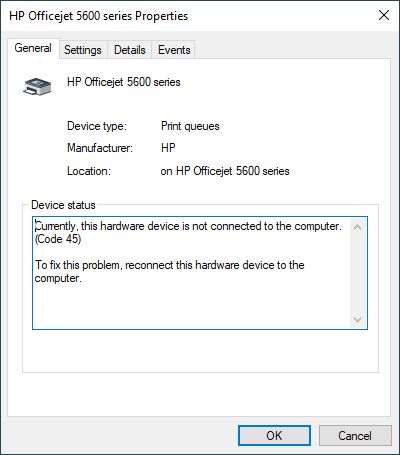
Code 46 – Windows cannot gain access to this hardware device because the operating system is in the process of shutting down. The hardware device should work correctly next time you start your computer. (Code 46)
This error code is self-explanatory and would not be seen in normal Windows operating conditions.
Code 47 – Windows cannot use this hardware device because it has been prepared for safe removal, but it has not been removed from the computer. To fix this problem, unplug this device from your computer and then plug it in again. (Code 47)
This error code indicates that the device has been selected for Safe Removal. The Safe Removal action is used for USB storage devices like USB sticks and external hard drives. If access to the device is required, first try unplugging it and then plugging it back again. If that does not work, restart the PC.
Code 48 – The software for this device has been blocked from starting because it is known to have problems with Windows. Contact the hardware vendor for a new driver. (Code 48)
This is a driver-related problem. The driver software for the device is not compatible with the Windows version you are running. This can happen after a Windows upgrade, for example. Install an updated, compatible driver to solve the code 48 error. For older systems, make sure to check for architecture compatibility (32-bit / 64-bit). In some cases, older driver software can still be used when executed in compatibility mode.
Code 49 – Windows cannot start new hardware devices because the system hive is too large (exceeds the Registry Size Limit). (Code 49)
This error is a system error related to the Windows Registry. The system hive mentioned in the error message is a part of the registry that contains all critical information for Windows to function. If it becomes too large, the best way to address it is by removing any devices that are no longer used. This will free up the necessary space in the system hive to allow new hardware to be added.
Code 50 – Windows cannot apply all of the properties for this device. Device properties may include information that describes the device’s capabilities and settings (such as security settings for example). To fix this problem, you can try reinstalling this device. However, we recommend that you contact the hardware manufacturer for a new driver. (Code 50)
This is a driver-related problem. The steps in the how to fix section should help solve the code 50 error.
Code 51 – This device is currently waiting on another device or set of devices to start. (Code 51)
This is a rare error, and according to Microsoft, there is no solution to the problem. Try the steps in the how to fix section if you see this error. Microsoft recommends checking for other devices in the same device category for errors. If there are any, solve those first. Since it is a temporary problem, waiting it out can also automatically solve the problem.
Code 52 – Windows cannot verify the digital signature for the drivers required for this device. A recent hardware or software change might have installed a file that is signed incorrectly or damaged, or that might be malicious software from an unknown source. (Code 52)
Device drivers run at a high privilege level in the Windows operating system. As such, they need to function reliably and need to be safe. For this reason, digital signatures are used to secure the device driver files. Without a digital signature, drivers cannot be installed in the latest Windows versions. Make sure you get a signed driver for your device to solve error code 52. If signed drivers are not available you can install unsigned drivers with additional steps.
Code 53 – This device has been reserved for use by the Windows kernel debugger for the duration of this boot session. (Code 53)
This error would not be visible in normal Windows operating modes. Developers may see the error if using kernel debugging. Disabling the debug mode will fix the code 53 error and let the device operate normally.
Code 54 – This device has failed and is undergoing a reset. (Code 54)
This error indicates that the device failed to respond correctly to an ACPI reset. Since the device is not functioning after that, a code 54 error is shown. To solve the problem, restart the PC. If that does not solve the issue, shut down the PC before restarting.
What Are Common Device Errors?
From all the listed device manager error codes, the most common ones are code 10, code 22, code 28, and code 39. You can follow the links to see specific steps that can be used to solve these errors. For all other errors, please follow the steps below to fix them. Some of the errors can happen for all types of devices, while other errors are more common with a specific device type.
How to Fix Device Errors?
To solve device-related problems several steps can be used. Even though the causes are different, the solution to many of these problems requires the same actions.
- Reboot the system. This will ensure that no current state issues are causing the problem. Pending driver installs or uninstalls, pending reboot after update or software removal, and plugging and unplugging of devices, are all examples of situations that can require a restart to make sure the system is error-free.
- Check for Windows Updates. Occasionally, pending updates can cause device errors. When a driver update is pending that addresses a problem for example. But even Microsoft generic system patches can address errors related to devices and drivers.
- Run the Windows troubleshooter. This option is available for the latest Windows versions. Microsoft has included a troubleshooter function to solve common problems, including devices. The troubleshooter can reset a driver, restart a service, modify the registry, and others to try to solve the device problem.
- Reinstall the driver for the device. As mentioned early on, a lot of device-related problems are caused by a device driver. Use the Device Manager to uninstall the device (and optionally the driver software). Then reboot or scan for hardware changes (using the Action menu) to reinstall the device with appropriate drivers.
In the case of USB devices, uninstalling the parent device (USB Hub or USB Host Controller may be required as well). - Use a System Restore point to bring the Windows PC configuration back to a previous, working state. This solution can work for errors related to previously working configurations. Having the system restore option enabled is also a pre-condition.
- For specific error codes, special steps may be required which will typically be indicated in the error message. E.g. if more memory is needed (code 3), if a reboot is required (code 14), or if a hardware device needs to be connected (code 45). Simply execute the indicated actions.

